The smell of clay and the electricity of anticipation pervade my senses as I walk across the room. A small yet unmissable sign grabs my attention, “What are you thinking about?” Excellent question… So began day one of our experience at Andrew Cawrse’s “Anatomy Tools: Human Anatomy Level 3” workshop last spring.
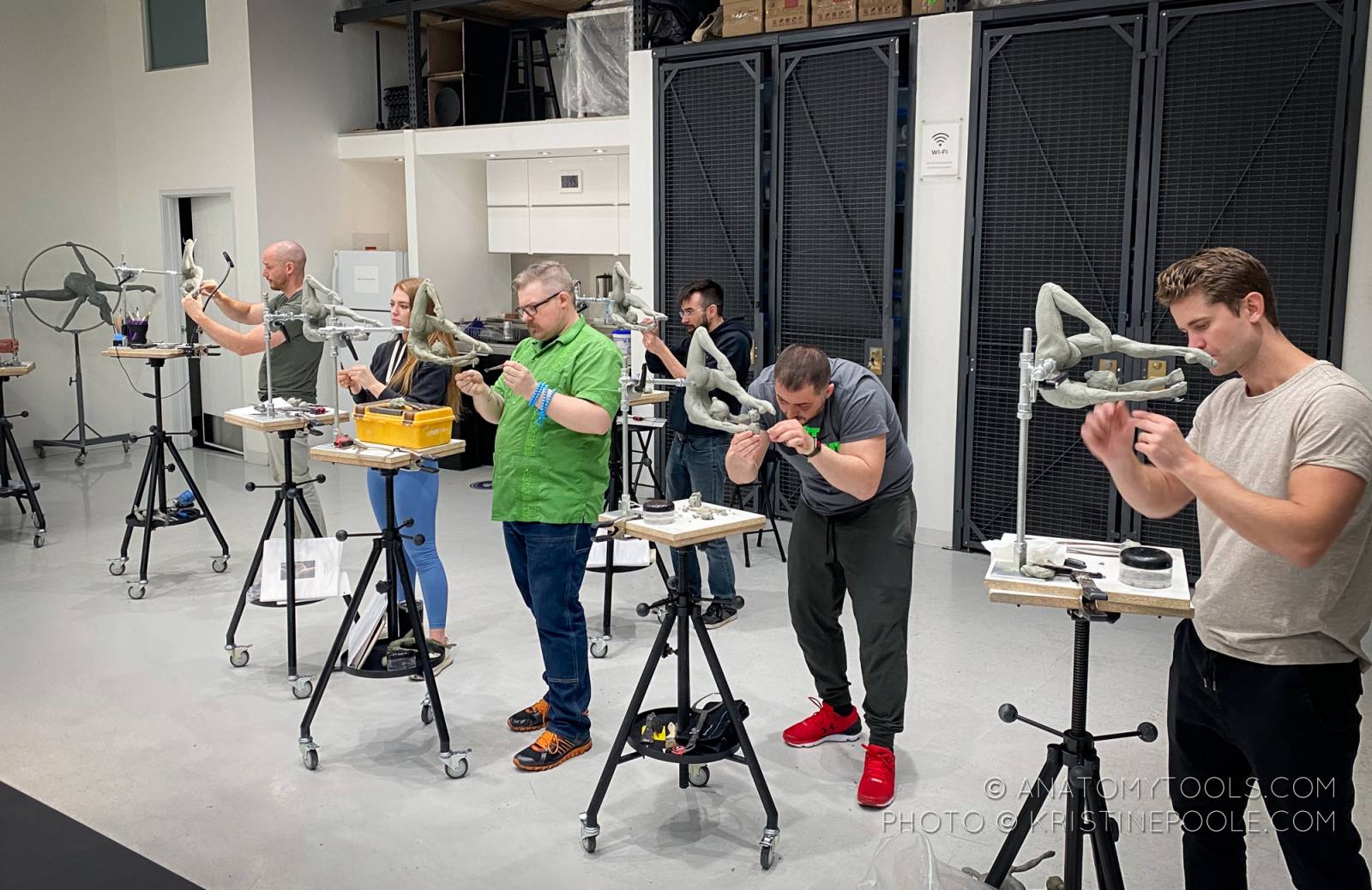
I’ve had a lot of time in the intervening months to ponder all I learned in those five days, expanded further by conversations I was privileged to share with Andrew about his life trajectory, swiftly expanding art career and his creative philosophies, which I’ll write about in the future. I find him to be genuine, generous, thoughtful, committed and willing to share many valuable concepts. As he said to us on day five, “I think it’s a worthwhile investment of your time to hear this story. There’s a lot to get through,” so let’s get going.
Anatomy Tools’ Human Anatomy Level 3
Andrew enters the classroom, clearly quick to laugh and a trove of knowledge. Fifteen or so intrepid sculptors sat down and were asked to introduce ourselves, getting right to the point – what are you good at and what do you suck at – basically, where are you now and where do you want to be. Stare plainly at your vulnerabilities and define for yourself what you were there to accomplish.
In that moment of inquiry, I realized I was seeking nothing less than reinvention. The things I envisioned creating were beyond what my existing skills would allow me to do in the time frame I needed to do them in. My process was not efficient enough. I wanted to fast track my next stage of development and hoped this class might provide a breakthrough.
Our Muse For the Week
Now enters our muse for the week, the marvelous Mari. Mari began by treating us to a several minute aerial silk routine from her “other gig” at Cirque du Soleil. Her first time through, we were privileged to simply watch and appreciate her artistry and skills. The second time, we were instructed to select six poses from the routine (and she was in movement the entire time), then do quick gesture sketches from memory. Then pick one of those and make a 3D clay sketch of a pose we’d find intriguing to pursue.
Not only did this exercise jump start our creative mojo, but it also highlighted the need for training observation and visual memory if we were going to be working with performer models who pass through exquisitely intricate positions very quickly and frequently. You can’t exactly say, “yeah, that really cool thing you did, kind of in the middle… can you do that again?” and expect her to have any idea of which one of the myriad really cool things she did, kind of in the middle. It also emphasized the critical first step of, as Andrew says, “capturing the movement, essence, mood, story and soul” of an idea “with minimal language” that can then be developed into a complex, dynamic, fully-rendered sculpture.
We then got our first look at the pose from Mari’s routine that we’d all be working on – a bent over backwards, head near bum, upside-down challenging stunner. Does a body really do that? Apparently, yes, but how do all the body parts work in that position?
By Necessity, a Quick Overview
It would be overwhelming to document everything from those five days, so here’s a time-lapse overview. To get all the great details, you’d have to go take the class yourself – there’s just so much!
We began by setting the scale of our armatures, the position and blocking in the foundational forms and masses of the body. We reviewed the basics of bony landmarks, proportion and measurement quick checks. Working with sketches, measurements and our model, we covered developing “planed primitive shapes” of the muscles in each area, how to expand these basic forms into accurate and believable finished musculature, plus effective ways for mapping the body and tracking the masses and joints in extreme positions. Throughout, we received detailed explanations that illuminated what we were working on, but also little tidbits of philosophy sprinkled in on how to approach and thrive in a creative life.
We sculpted along on our pieces as Andrew demonstrated on his, projected onto a large screen at the front of the classroom.
When he sensed the mood of class flailing and needed to back it down a bit, we sketched the area in question on a pre-printed outline of the form along with Andrew as he explained what was going on within the dynamic musculature. Then, armed with a better understanding, we returned to our sculptures to bring those forms we’d just practiced into 3D.

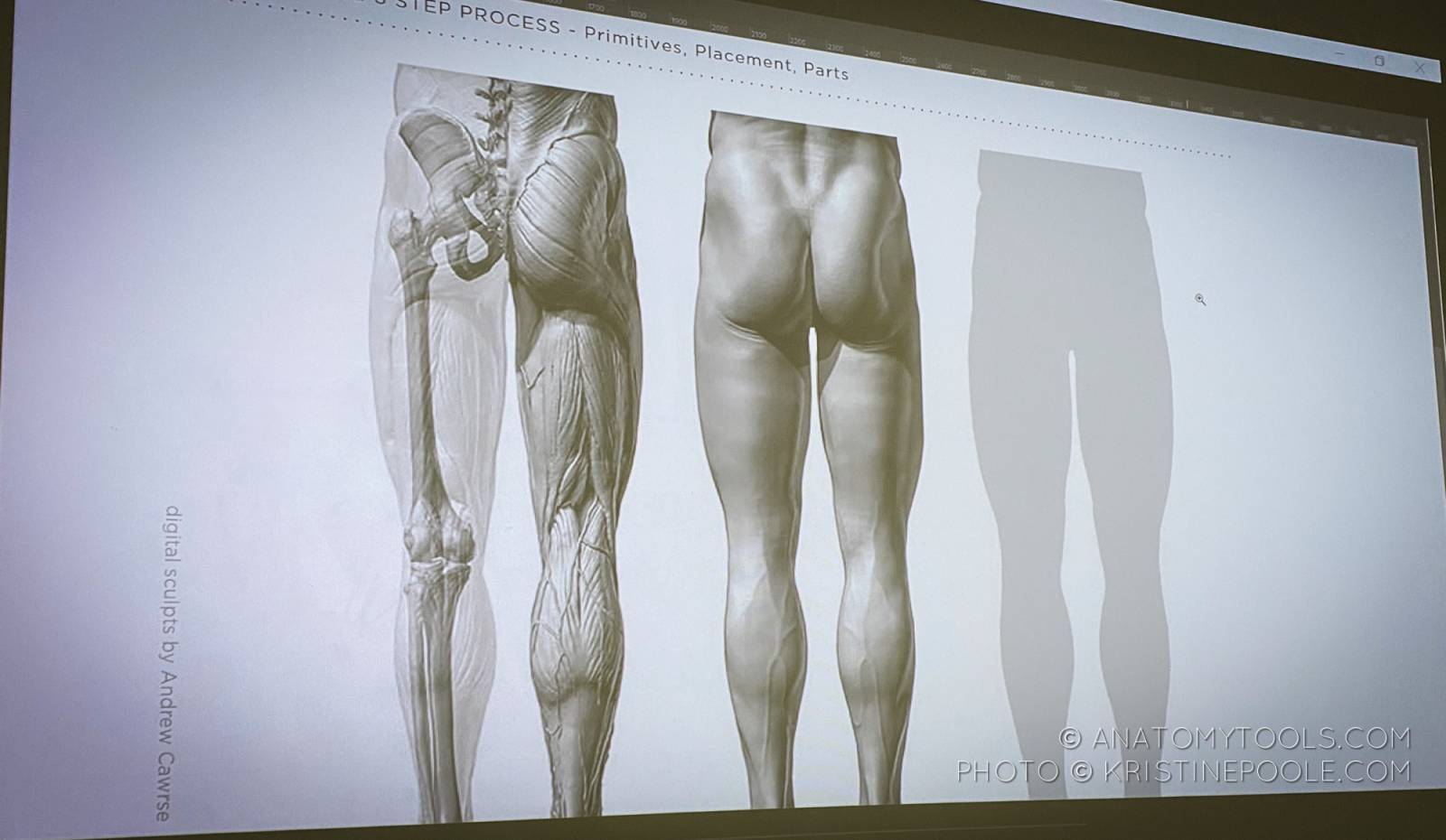

We worked on our sculptures in various positions as well as cutting them apart multiple times to be able to more effectively access areas to be reassembled later.
During the open work times, Andrew was available to answer questions one-on-one or to re-demonstrate a particular area on your sculpture if you wished. If your learning style benefits from a real “shredding style” critique, you’ll likely have to ask for that specifically as he seems to approach individual corrections more gently than not, with encouragement.
Is That Just Your Interpretation?
Something we talked about a fair bit was the relationship between observation, interpretation and knowledge. This is a fascinating conversation for sculptors and super useful to consider where your working methodology falls within those concepts. Andrew said, “We are horrible interpreters and need to become good observers. Half the time you spend on a sculpture is making stuff up and then having to correct it over and over again.” When you are looking at the model, you are observing. When you look at your sculpture, you are interpreting. Most of us spend too much time looking at the sculpture and not enough looking at the reference in front of us. Quite true, but…
One of the challenges was that it was understandably impossible for our model to hold the full pose for more than 30 seconds at a time. After the first day, we were generally working with Mari in half pose and semi pose, until the last day of the class where we had maybe ten 30-second looks at her on the silks in full pose, which was terrific. But, for the majority of the model times, the nature of making the partial pose manageable to hold meant putting her in a position where the gravity and muscle tension was different than it was in the full pose. Several of us found this discrepancy troubling and frustrating, especially as we were trying to be in observation, not interpretation mode. By the nature of changing the complexities of full pose to a manageable partial pose, it seemed we had to be in interpretation mode.

He continued: “when the model is in the partial pose, don’t work on the parts you know are going to change. We need to be able to flip back and forth between the observation mode and knowledge mode as the model is available.” (To be able to do this requires the strong foundational knowledge of anatomy, of course).
“Copy the parts that you know are going to be the same and with the others, you get used to looking at them in various positions and making decisions about what you actually enjoy. Then you’ve made a deliberate choice of when you’re changing the model or you’re re-creating from the model. So it’s really just becoming aware of your own choices as an artist. The goal is to be freed from the source and become the source for yourself.”
Aha!
Some Selected Mind Nibblies
On designing a creative life:
• It is a creative necessity to have scheduled play time with no objective so you remember why you started doing this in the first place. During playtime, there is no structure, no right or wrong answer. You must have no wish for a result. Just that you do something that feels fun to do. Schedule and respect the time for play – it is not optional, period. It is a professional requirement that inspires and feeds your intuition. The more you maintain play throughout the process of sculpting, the better.
• Put something you don’t want to do on top of something you enjoy. Focus on the things you need to do – the habits and patterns, not the results and you will get results. No one achieved their goals because they felt like it.
• Check your environment. What does your it need to be to for you do your work? Your environment is stronger than willpower and will eventually win. Start with a small controlled space – clean it up and reset it. Then you must protect this as a sacred space. Ask yourself what do you aspire to have it be? What is your dream working space? Keep that vision always available in your mind.
• Look at the habits you have as an artist. Continually replace the bad habits with good habits, considering strengths and weaknesses. You are not allowed to say “I can’t.” Replace this with “how can I” or “I’m struggling with.”
• Remember that you are creating emotional value for other people with your work. If you express something and you share it, you will help another human being.
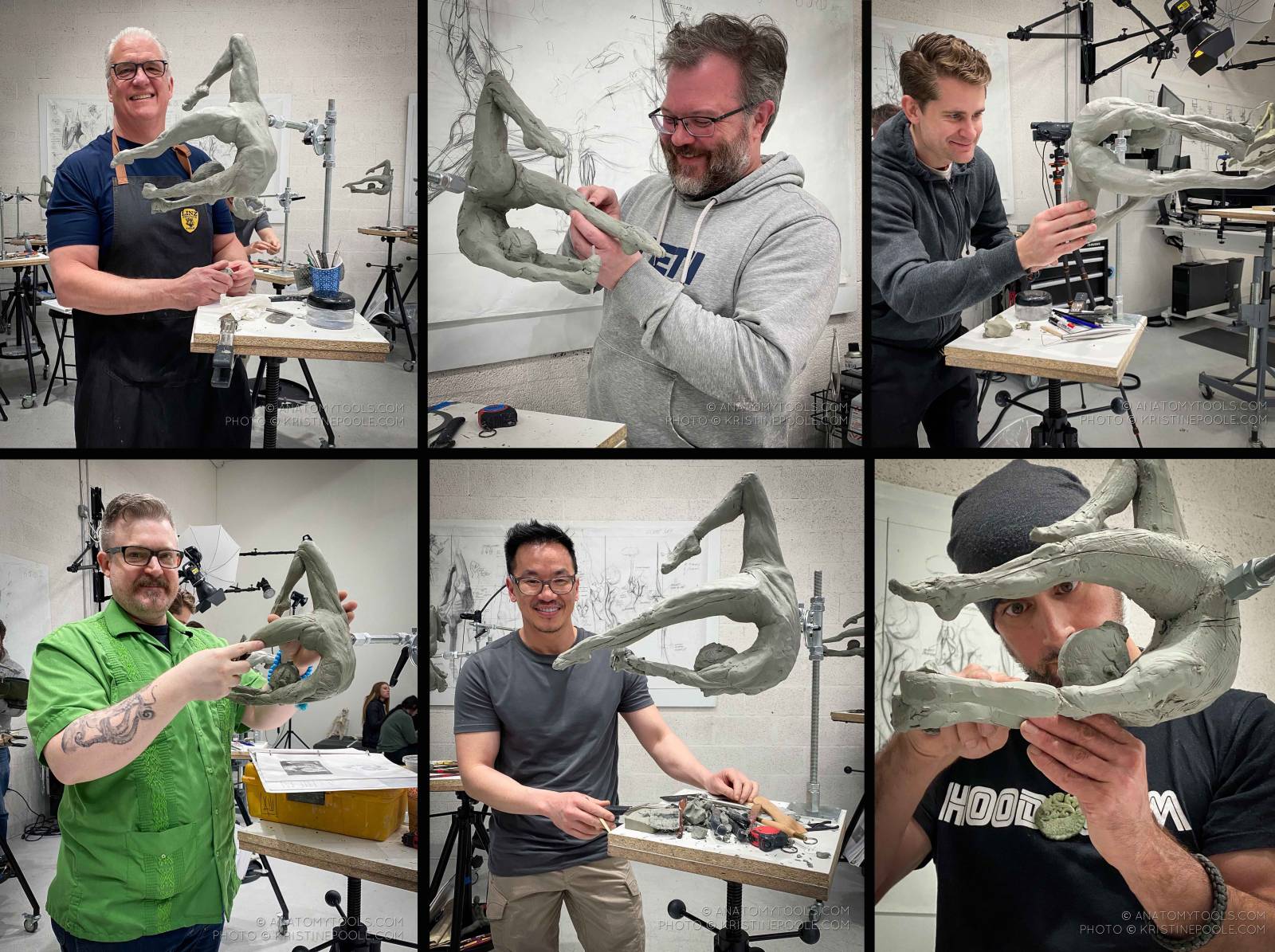
Cool group of sculptors we got to meet! Clockwise from top left. Christopher Wilson- @chrismacwilson, Justin Scott, Tim Mcleod – @timemcleodart, Marcos Landeros, Dr. Phong Trancao @phong_dds, Eric Clark – @_ericthehalfabee_
On Sculpting:
• Perfect practice: to progress efficiently on your sculpture, pick two things you like and two things you need to work on – so you don’t mess up what’s good and your working time is focused on what needs improvement.
• When a mark is confident, it has energy. When you find yourself smoothing or mushing the clay or when you “wolverine” it (like in drawing, when you are making a bunch of hairy strokes), it means you probably don’t understand the area you are working on well enough. You need more information or to acquire more skill to sort that area out. Stop, reassess what the problem is and what you are solving.
• You cannot do the arm without the hand and the elbow and you cannot sculpt the leg without the foot and the knee. Parts need to be developed in relationship to each other. For every part of the body, you must think of its entry point, its belly (the peak of the muscle and the nature of that peak) and its end point. Don’t just put the muscle on, keep these things in mind as you do it.
The Upshot
Was it fun? Yes, in a “push yourself past your limitations and frustrations, opening a fire hose and being deluged with useful and constructive information” sort of way.
Was it beneficial? Unquestionably. Of course the information on anatomy was massive and impactful, but for me, all of the other intangibles were just as influential. Opening discussions of what’s working and what’s not in my creative practice, new ideas to influence my art process and stimulate my thinking, perspectives on overcoming adversity and struggle – for me, there was a lot of juice in these conversations.
Would I do it again? Absolutely.
Would I recommend the class to others? Yes, with this caveat: you need to have more than a basic understanding of anatomy to keep up with Level 3. If your current knowledge of anatomy is pretty basic, starting with Level 1 would be more manageable and beneficial.
More Information on Anatomy Tools Workshops 2024
You can read more about and register for any of the three levels of Human Anatomy and Animal Anatomy classes coming up in March 2024 here:
https://www.anatomytools.com/on-site-c45.php
Andrew Cawrse, The Artist
I look forward to sharing more about Andrew and his fascinating life trajectory, following your intuition and muse, learning to “speak” in your own distinct creative language, fast tracking progress, creating a place for yourself in this world and most excitingly, the evolution of his art.
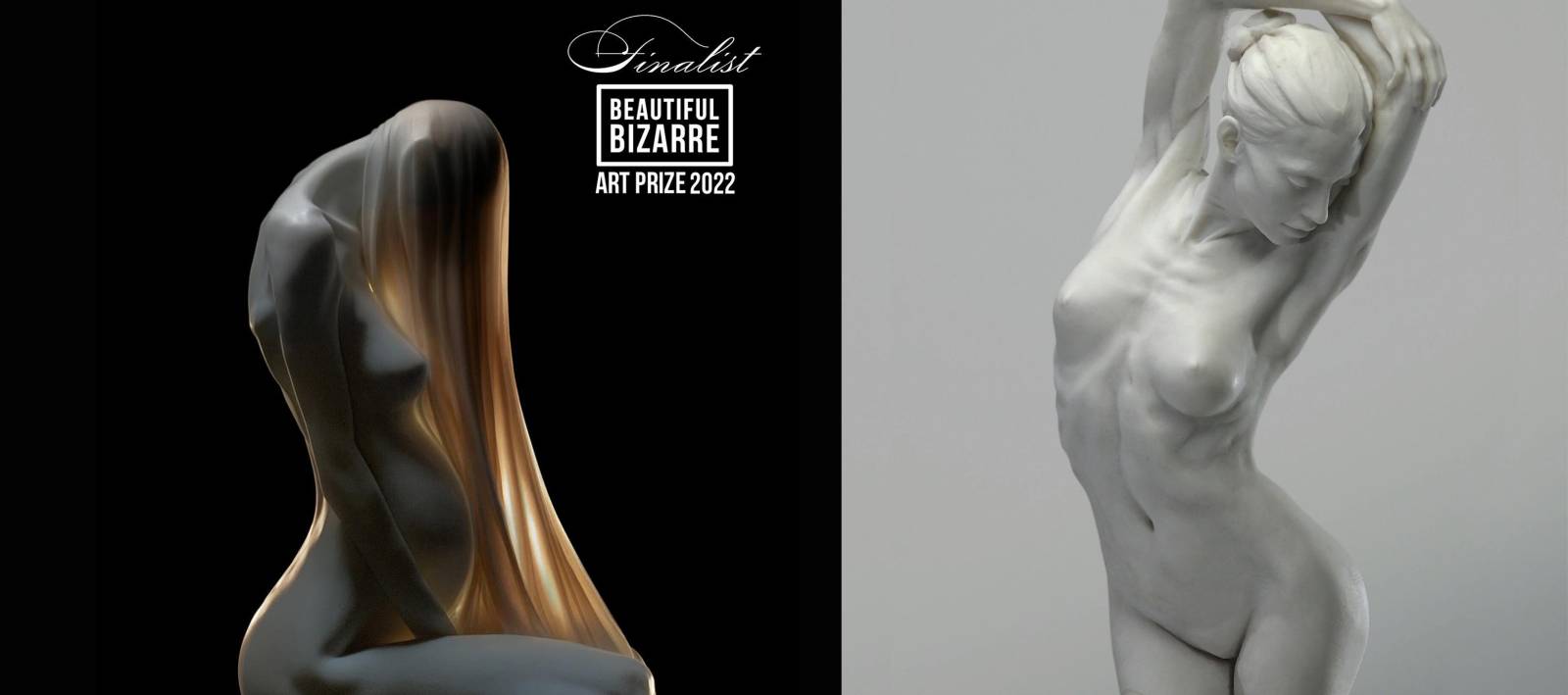
“Alone” and “Female Torso – study” by Andrew Cawrse. See more works at https://www.facebook.com/andrewcause.art, https://www.instagram.com/andrewcawrse_art/, https://www.youtube.com/channel/UC1-Xz1FF0QhnpQ-Tt3EZnLg
And Finally, What Are You Thinking About?
The question is designed as a self-check into your mindspace during your creative time. Are you able to leave the external world and daily concerns outside when you step into your sacred work space? If not, what discipline needs to be added to your routine to let you efficiently switch into and thrive in your artistic mode? When your mind starts to wander back to the outside, gently remind yourself that this is your focused work time and come back to the project at hand.
Thinking about what opened up for me from the time spent in Andrew’s class: I was confident in my abilities to observe and re-create from reference. For my own development, I needed to be pushed into an area, a pose, where the anatomy was uncomfortable, stretched to such an unfamiliar place, that it dropped me into the wilderness of “I really don’t know.”
I was confronted with the unfortunate truth that my relationship with several areas of anatomy was not unlike singing along with a song. With the music, I “know” the words, but turn it off and I get a little lost. With reference in front of me, I recognize what I’m seeing, but more work needs to be done to generate a deeper knowing of all the bits, their functions, forms and shapes as the body stretches into the dynamic expressive attitudes that speak to our souls. This work will allow me to speak my creative language freely, effectively, with ease and with choice. Perhaps the heart of the matter regarding the breakthrough I sought was not solving the problem in the moment as I had initially hoped, but re-framing it in a way that made my next steps clear (plus a great anatomical jump start to walking down that road).
Sometimes the best teachers shine the light that helps you see your path forward.


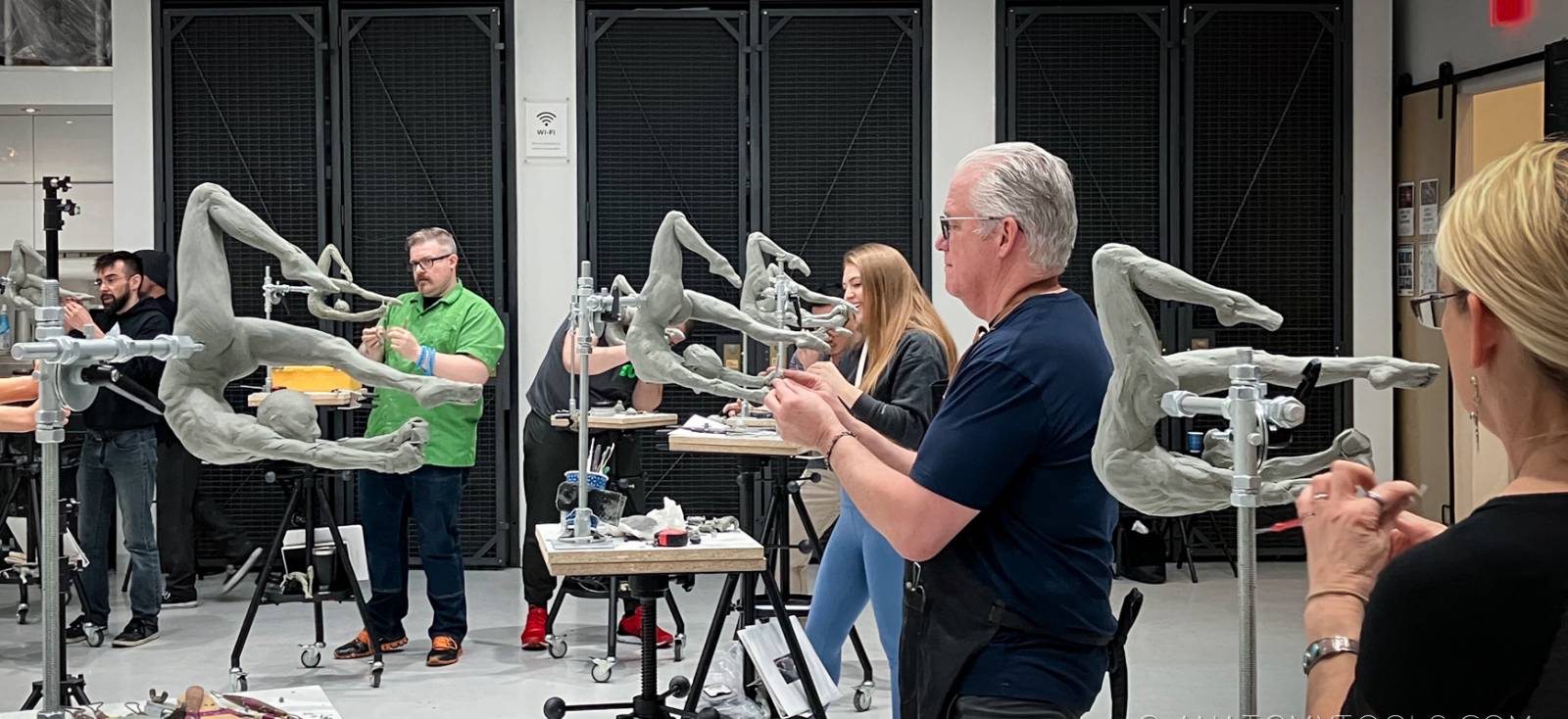
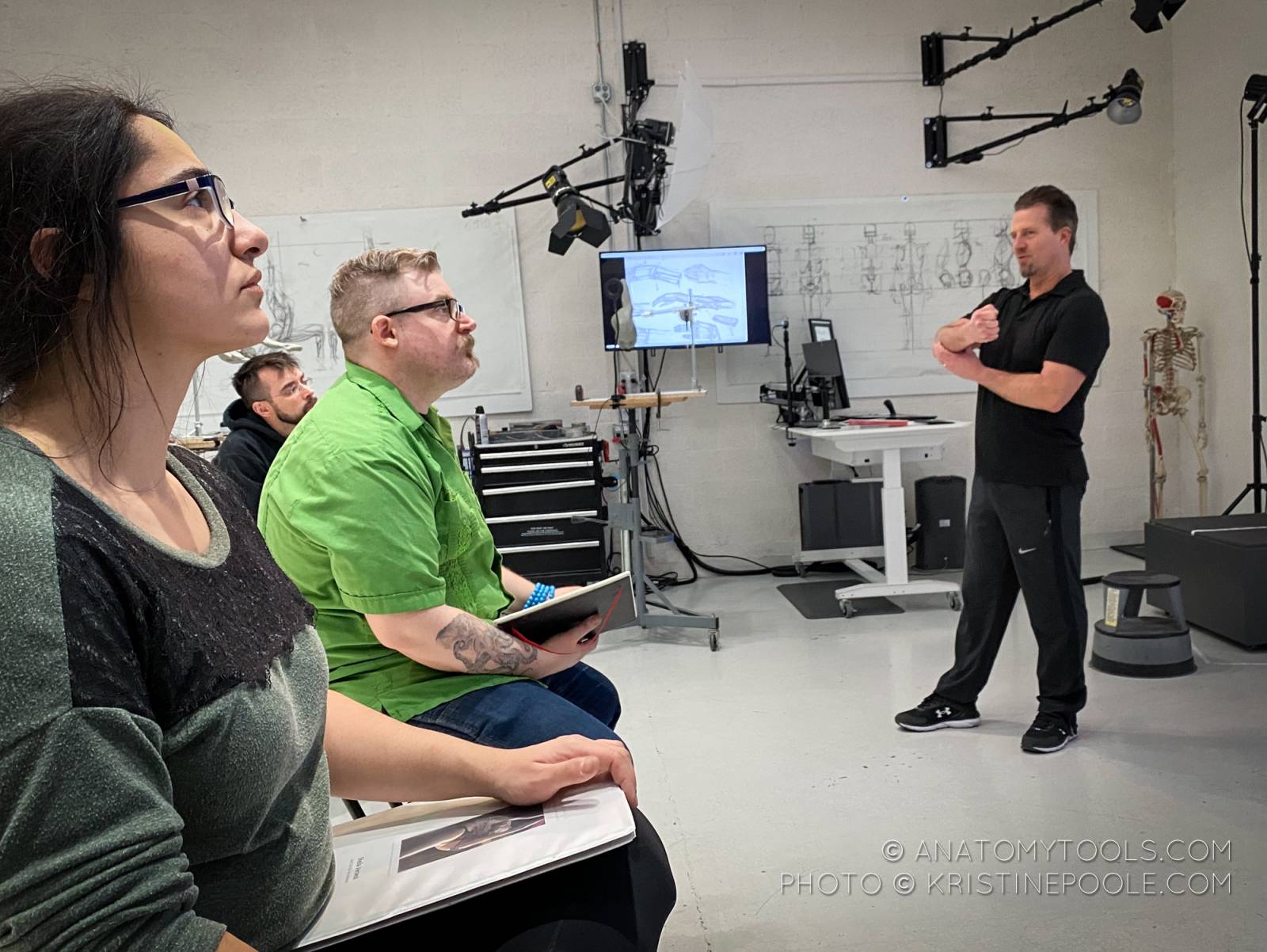


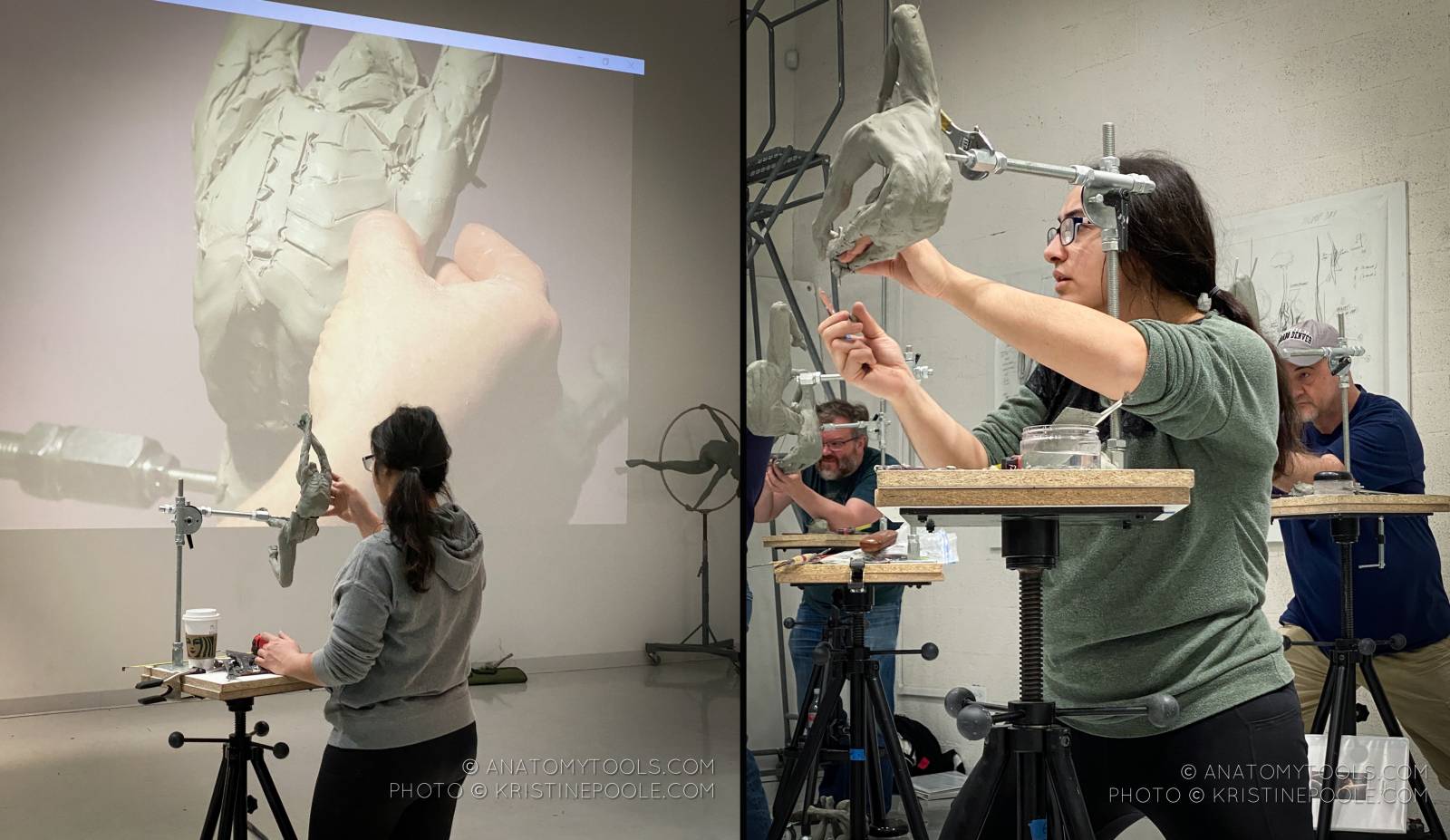


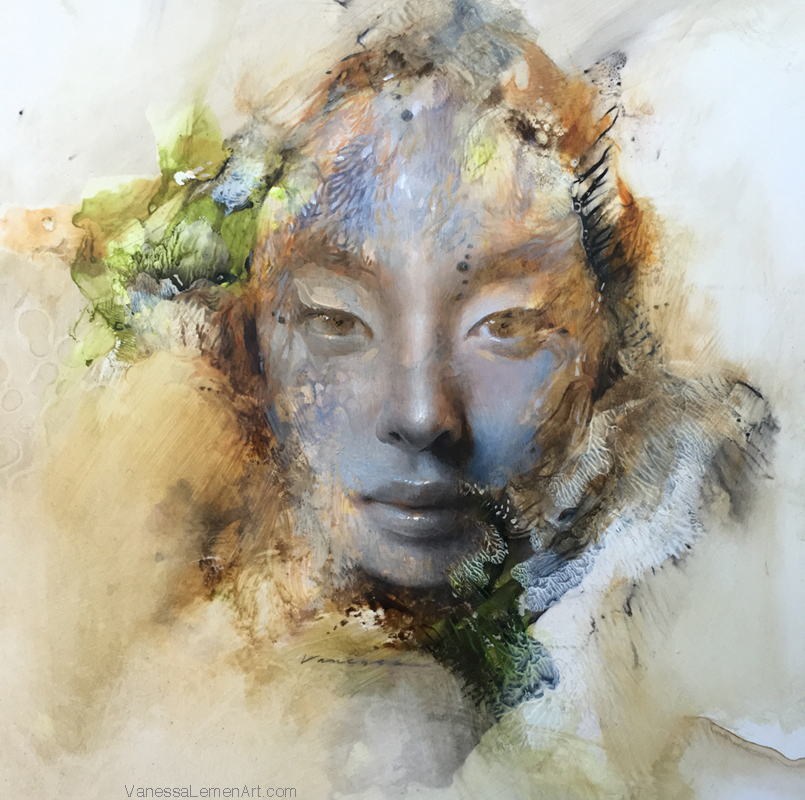
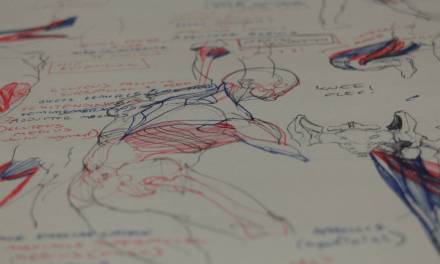
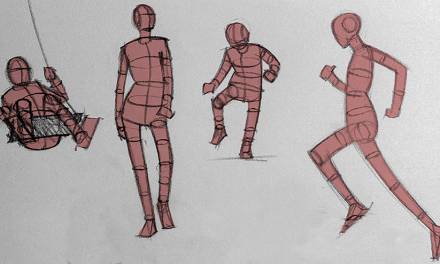
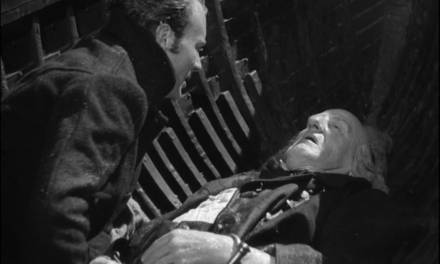

Wow- this article is on another level. I feel like I need to print it out, highlight all those wisdom nuggets, and tape it to my wall for whenever I paint. Kudos to the students who jumped into such a rocket boost of learning. And especially to you, Kristine, for your eloquent summary of this workshop. This community… <3
Hi Michael,
I am delighted you found so many helpful bits in this article. It was such an eye-opening, mind-challenging week for me and to be able to share even just a fraction of what I saw is so fulfilling. Andrew is a unique treasure in the creative community who will, I am certain, continue to contribute valuable, heartfelt and useful ideas and information for a very long time into the future.
Create on, my friend! K <3
This was a very moving write-up. Wonderful to see these examples in the context of working on your own artistic practice. Several lessons in this that I will be applying to my own work.
Hi BK! I am so very pleased you found something here that is helpful to you. Continuing to challenge what I “know” is the best way I have found to keep improving and developing. Thanks so much for reading and commenting. 🙂
K
YTtrendz is the place where YouTube’s trends in the USA shine bright. Dive into trending videos in gaming, music, sports, movies, news, and tech. Stay updated on American culture and popular videos while enjoying free entertainment and education. Discover the latest with YTtrendz!
Hello Kristian, I have met you and your husband at spectrum in 2016 at SF, and he was the one who recommended this workshop to me, lold and behold I am volunteer at anatomytools just its been a while that I haven’t came back stateside because I am dealing with my wife’s green card process. but will be returning to volunteer again in the near future.
I absolutely loved the detailed approach in this post! It’s fascinating how each tool serves a specific purpose in understanding human anatomy more accurately, especially for artists.